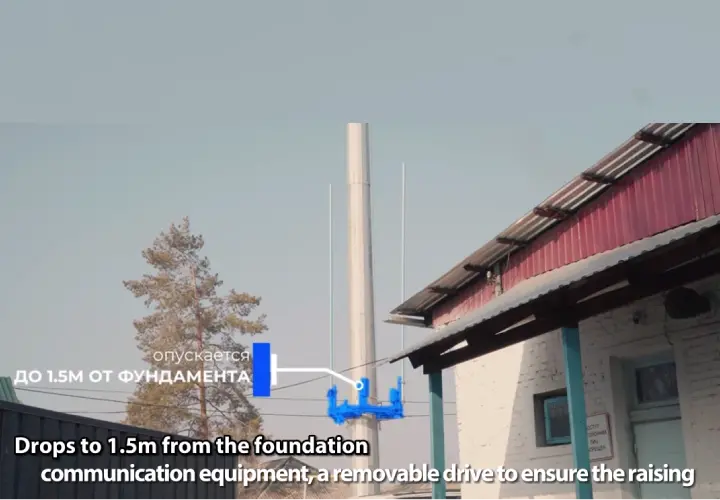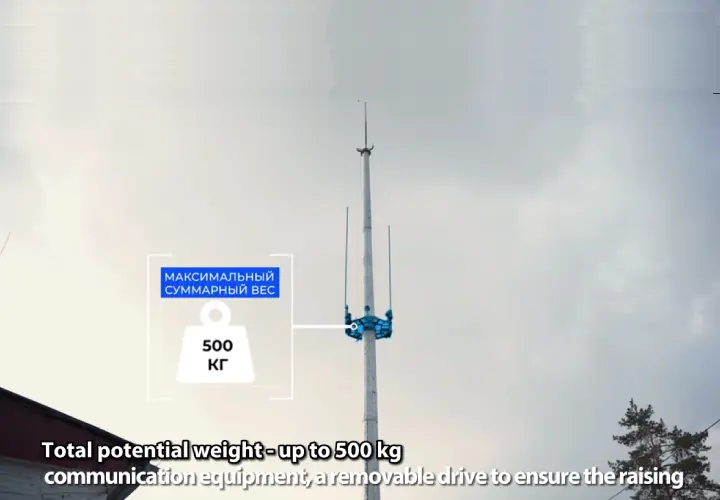
Background
Kazakhstan Temir Zholy
Transportation
2022
TETRA base stations
TETRA radios
PTC680
Introduction
The system is built in such a way that it prevents the train from going beyond the permissible movement parameters; with the signal of a prohibitory indication, it is impossible to exceed the speed limits. Each locomotive is equipped with an on-board security system and a TETRA radio modem (Hytera DTT805/DTT803). The transport layer uses the UDP protocol for data transmission, and the on-board and stationary equipment of the automation system communicates with each other using the EURORADIO protocol. Data transmission over this protocol is fully described in UNISIG Euroradio FIS Subset 037. The Euroradio protocol is encapsulated during transmission in the UPD radio network protocol. The radio communication system provides "transparent" data transmission between stationary and mobile radio devices without sending erroneous data blocks; it transmits a packet of 30 bytes with a minimum delay of no more than 500 ms.

The Challenge
Railway transport, due to its considerable length, usually has an insufficient share of coverage within a digital network. Implementation of standard technical solutions have systemic shortcomings associated with the quality of communication. A significant spread of equipment associated with the need to install outdoor equipment and antennas at high altitude requires the use of a large number of passive blocks. This significantly reduces the power of the useful signal and the quality of communication.

The main reason for choosing the TETRA standard was the possibility of using a radio channel for transmitting data from the system of interval control of train while ensuring voice communications. The possibility of using a train traffic control system based on a radio channel significantly increases the throughput of railway sections, especially single-track ones; the distances between trains can be adjusted according to their actual speed relative to each other. It is a significant safety booster.
Hytera TETRA coverage deployment along the railway tracks started in 2013. To date, about 20% of Kazakhstan's railways are covered by Hytera TETRA infrastructure, including 72 TETRA base stations, over 2,500 TETRA devices, over 80 TETRA<E multi-mode devices, over 450 train-borne TETRA terminals, and over 1,100 stationary and mobile TETRA terminals.

Rtel Group, together with Hytera, developed a series of innovative ways to deploy the system, such as a “crown” with the placement of communication equipment, a removable drive to ensure the raising and lowering of the crown (equipment), and a cone-type mast with connection structures requiring no additional fasteners. Hytera's DIB-R5 Outdoor TETRA BS with low power consumption was used in the site design. To ensure the quality of communication, Sinclair omnidirectional antennas were used to provide signal amplification. This design increases the safety of maintenance by keeping high-altitude work to the minimum; it also increases the speed of site deployment by 7 times.
The Solution
Data transmission is a bottleneck in the digitalization of railways and transport in general. Hytera offers a comprehensive solution based on the TETRA radio channel for organizing a data transmission environment and centralized processing of information from mobile (locomotives, SSPS, wagons) and stationary (depot stations) railway facilities. AMC Smartower with mobile crown was developed specifically for the purpose of improving occupational health and safety and quickly deploying the coverage, together with the use of Hytera DIB-R5 outdoor base station.
Hytera PTC680 dual mode rugged radio, running ANDROID, has replaces various tech solutions by developing applications such as instrument and inventory control, personnel tracking, train approach notification, and other possible functions.
The Cybe-RR ecosystem expands the technical capabilities of the digital infrastructure by solving security problems and works as a single return center for information from all different sub-systems.
The Benefits
The project is aimed at improving the quality of wireless communication and information exchange in order to increase the level of traffic safety and create technical capabilities to increase the capacity of the railway infrastructure. In 2019, the introduction of the Cybe-RR Ecosystem significantly increased the efficiency of various railway services, safety, and automation of technological processes through the introduction of:
- Workstation of a train dispatcher
- Train radio control system
- Train warning system
- Warning system of railway crossings
- Inventory control system
- System of organizing video data from emergency sites along the railway
- Voice recording and terminal tracking history
In 2020, for the first time in the world, a system of interval regulation of train traffic was launched using the TETRA radio channel on the Khorgos-Almaty section; it was projected to increase freight traffic by 30-50%.
KTZ project has proven that TETRA is a reliable solution for both voice and data transmission for railway operations. And it is a good example for large area railway operation to adopt TETRA technology to solve its business critical communication requirments. In comparison with GSM-R, Hytera TETRA solution provides better spectrum efficiency, bigger coverage and more mission-critical features. TETRA technology is also a great budget saving for the railway operator.
The Value
Mast-mounting reduces cable length, quick and easy installation. Hytera DIB R5 Outdoors adopts Envelope tracking in which the power supply voltage applied to the power amplifier is constantly adjusted to ensure that the amplifier is operationg at peak effiency for the given instantaneous ourput power requirements, thus, saving power comsumption. Hytera DIB-R5 Advance uses dynamic air interface capacity adjustment and has the capacity and traffic overview in real time that also helps to reduce the power consumption. Thus, Hytera TETRA Communications System not only guarantees the efficiency and safe communication of Kazakhstan Railway but also optimizes the TCO.


